Fashion is cyclical. Common knowledge states that fashion recycles roughly every twenty years, but perhaps they’re underestimating the annals of historic clothing. During the 2020 pandemic, we experienced a surge of iconic trends such as fairycore, cottagecore, and even royaltycore. Four years later, that love seems to have reached the runway as a resurgence of medieval and renaissance-based clothing designs are making their way onto magazine covers. Those of us who are obsessed with historical clothing and fashion will be able to see that the current revival of these trends is less about the actuality of medieval and Renaissance styles and more about how these respective periods have inspired modern designers. Can you look forward to sumptuous velvet and embroidered trim in your day-to-day wardrobe? Let’s take a look at how these less-than-demure revivals have stunned us for decades in this week’s blog.
Medieval Clothing Trends
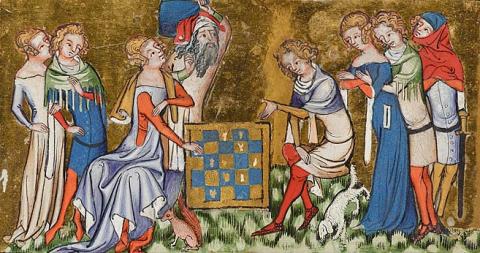
The Medieval Era (which lasted from the fall of Rome to roughly the 14th century), was highly influenced by the French, Italian, and Middle Eastern fashions that were popular at the time. People favored simple silhouettes with tunics and long flowing mantles or tabards. Girdles and ornamental headpieces were utilized along with fur trims and long-toed shoes. Clothing, for most people, had to be durable and long-lasting. Fabrics like wool, and hemp were extremely common while silk and linen were more often used by the upper class.
Renaissance Clothing Trends
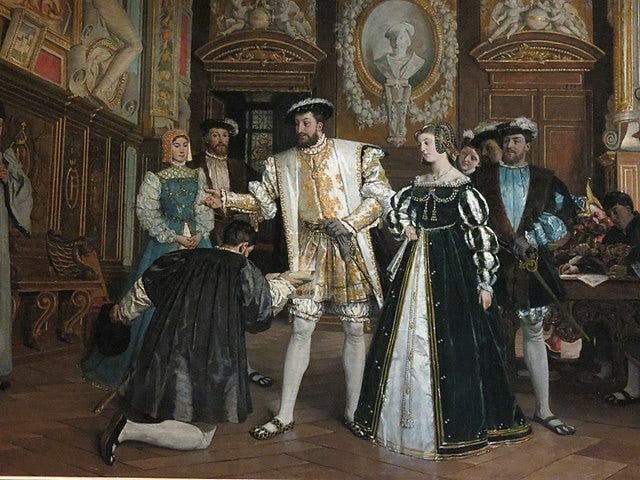
Lasting from the 14th century all the way until the 1700s, the Renaissance Era was a time of change both socially and economically. Better routes by ocean meant resources were easier to acquire and a burgeoning middle class allowed common folk to have access to a higher quality of clothing. Full, verbose silhouettes allowed those with the means to show off their wealth. Women wore large skirts with puffed sleeves, accentuated with lace trim and beading. Men preferred broad jerkins and breeches that featured a tightly trimmed waist. Velvets and brocades became a part of the scene, along with richer, more vibrant dyes.
60’s Creative Culture
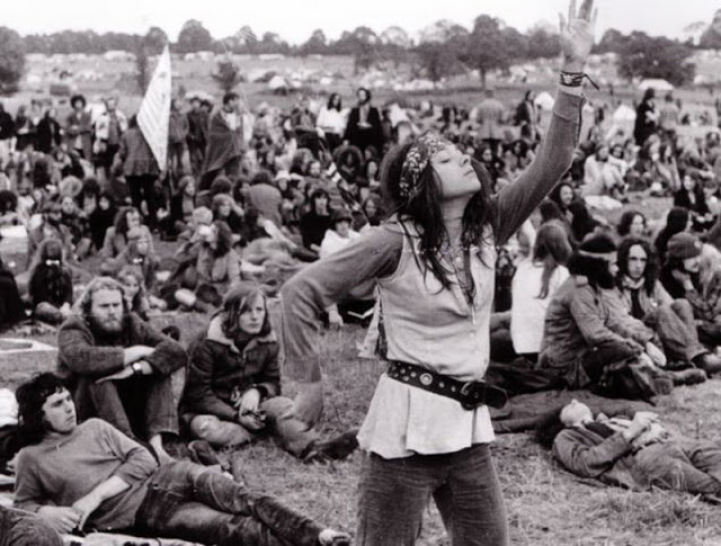
As time marched onward, clothing began to shift from romantic displays into a more subdued, functional aesthetic. The skirts got shorter, the necklines dipped deeper, trousers replaced tights, and cheap, easy-to-manufacture fabrics replaced thick velvets and wool. That is until the ‘age of revival’ known as the hippy movement brought back a taste for creativity and romanticism. Peasant tops, heavy embroidery, and even fur-lined clothing came back with a passion, along with a love of velvets and patterned fabrics that helped people stand out. This was also the age of the very first Renaissance Pleasure Faire in 1963, which created a space for people who wanted to explore history along with some opportunities to grab unique clothing.
90’s Gothic Invasion
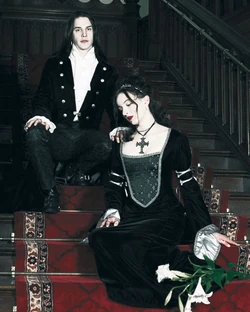
Say what you will, but the Goth aesthetic is partially responsible for keeping these fashion trends alive. Building off the leather-clad and metal-studded trad Goth look of the 80s, 90s Goth culture was immersed with a variety of alternatives that utilized fashion from the romantic and medieval periods along with burgeoning dark aesthetics like fairy and tribal. The layered, detail-oriented silhouettes borrowed heavily from the medieval and Renaissance periods and helped carry a love of unapologetic style into the new millennia.
Runway Renaissance
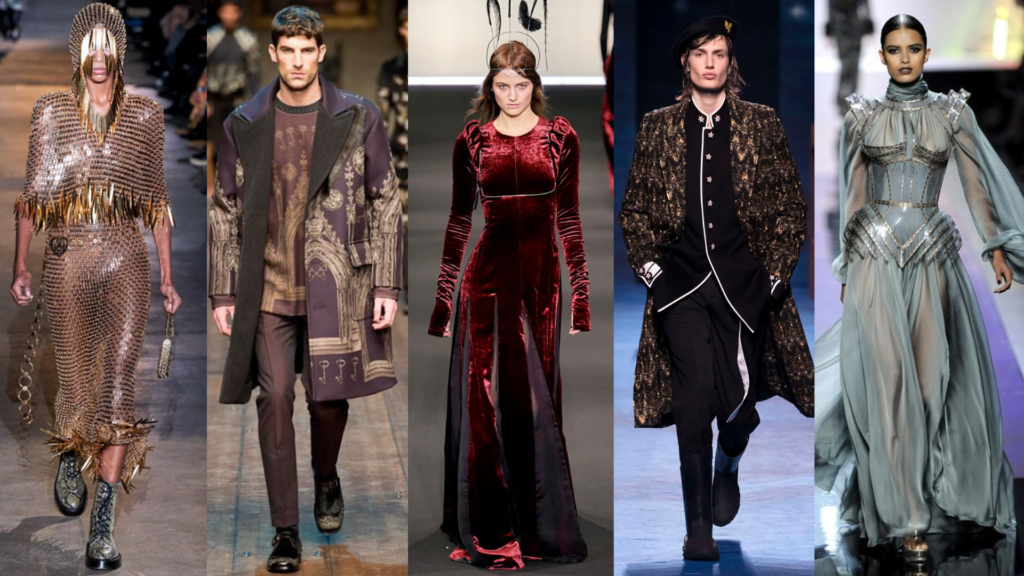
With everything from Game of Thrones to The Decameron surging in popularity, it’s no surprise that our adoration of flamboyant, history-inspired clothing has returned to rule. Singers like Chappel Roan donned a traditional, heart-shaped escoffion for her upcoming title track ‘Good Luck, Babe’. Cardi B took to the Grammy’s in 2023 wearing a dress inspired by chain mail. Referred to as ‘escapist fashion’, this touch of whimsy with traditional silhouettes is a fantastic callback to the luxury we associate with the medieval and renaissance periods. The likes of Vogue, Dior, and Balenciaga have released entire collections that display modern respect for timeless historical looks. Stylish corsets, square necklines, and ostentatious puff sleeves are married with billowing patterns, gorgeous brocades, and even armor-inspired looks that have taken this trend to the next level.
Entering Your Historical-Fantasy Era
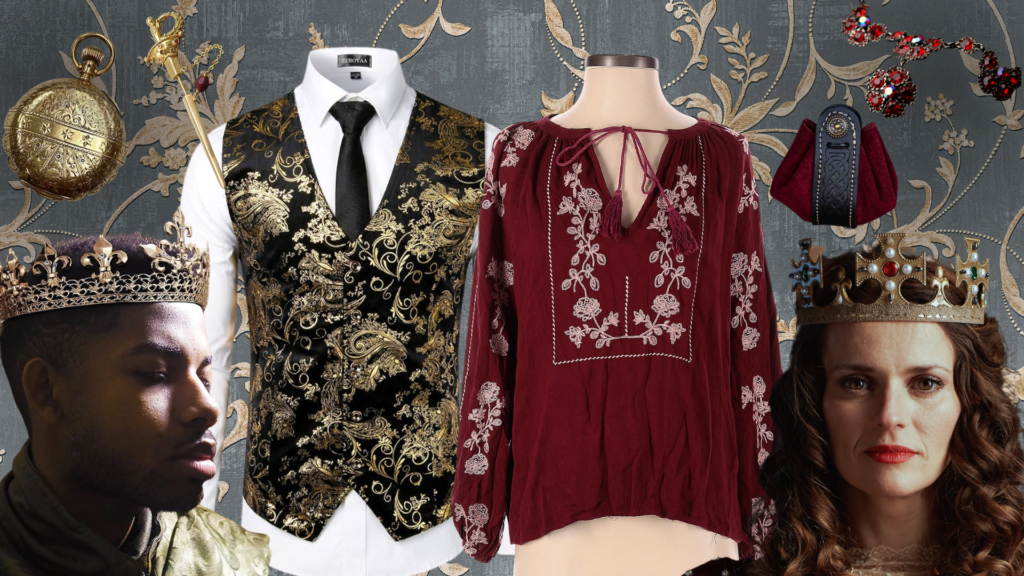
Wearing velvet and fur lines clothing may not be the best possible option for your day-to-day wardrobe. What can you do to add a touch of the fantastic to your closet without breaking the bank or being uncomfortable?
Start Simple: Most of us don’t have the money to go out and create a whole new wardrobe. Start with small pieces that can add to what you already have. If you want a more feminine aesthetic, look for summery peasant tops and flowy skirts with exaggerated patterns or embroidery. Add braids and a headpiece for a more lighthearted touch. For a more masculine aesthetic, look for stylish vests and patterned button-downs to add some elegance to your look. Don’t shy away from well-fitted trousers or some jewelry for a bit of grace.
Accessorize: Put some effort into finding statement pieces that can bring a whole outfit into the realm of escapism. Look for vintage jewelry, Pashmina shawls, waist cinchers, hairpins, brooches, and lapel pins. Learn more about the hairstyles of the period and experiment with different looks to see what works for you. Most importantly, don’t be afraid of color! Especially if the rest of your clothing is limited to ‘work-appropriate- attire, even a pair of bright socks with a matching lapel pin can really help accentuate your style.
Visit A Ren Faire: Faires and festivals usually have vendors that sell OOAK, hand-crafted outfits, jewelry, and accessories that are based off medieval and renaissance clothing. You don’t have to obligate yourself to strict historical accuracy either. Just the right pair of earrings or even a pirate coat can tie everything together. Take your time and help support independent businesses while you shop.
Experiment & Socialize: You aren’t the only one looking to bring the fashion of the past into the present. Find a group online that does historical clothing or is interested in the current fashion trends to help you put your look together. We all have to start somewhere, and the people who are into this are usually happy to share their knowledge. Experiment with your outfit and ask for feedback or suggestions.
Do you add Renaissance clothing to your daily wear? Be sure to tag us with #orfstories so we can see what you’ve got!
Sources
https://world4.eu/fashion-silhouettes/
https://www.permanentstyle.com/2020/12/the-perspective-of-medieval-menswear.html
https://www.thoughtco.com/medieval-clothing-and-fabrics-1788613
https://smokynow.com/the-modern-medieval-fantastical-fashion-and-cultural-immortality/
https://www.voirfashion.co.uk/post/the-renaissance-revival-the-joy-of-escapist-fashion/
https://ww.fashionnetwork.com/news/Paris-fashion-week-medieval-inspiration-at-paco-rabanne-and-ann-demeulemeester,1192000.html
https://thechoatenews.choate.edu/2021/02/12/from-medieval-tarot-cards-to-the-runway-diors-newest-couture-collection/
